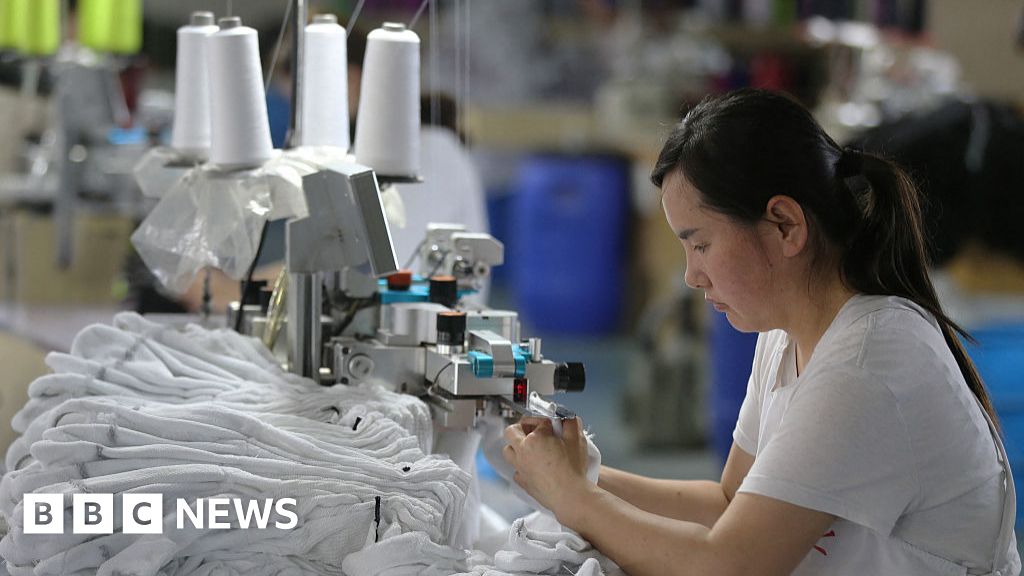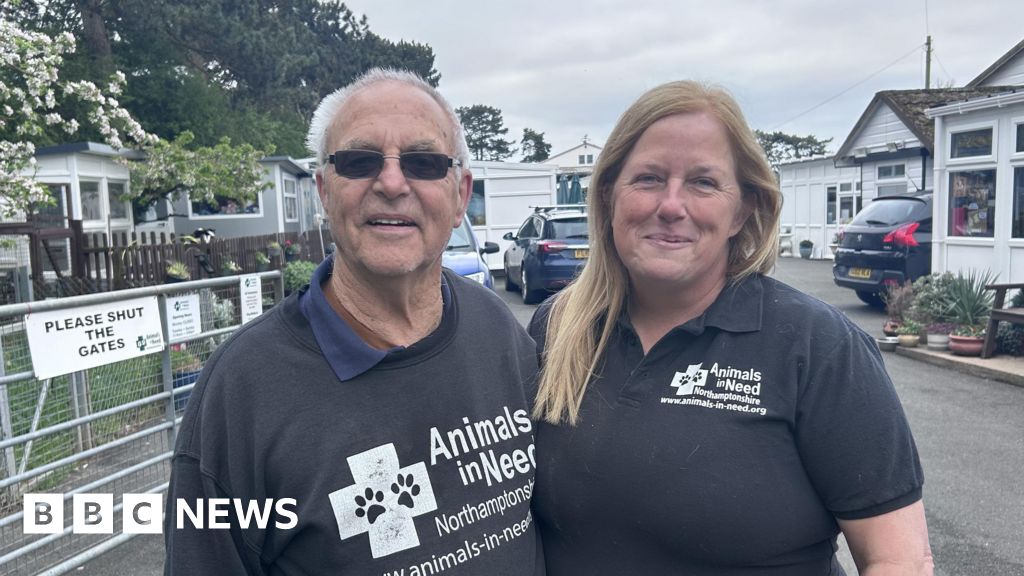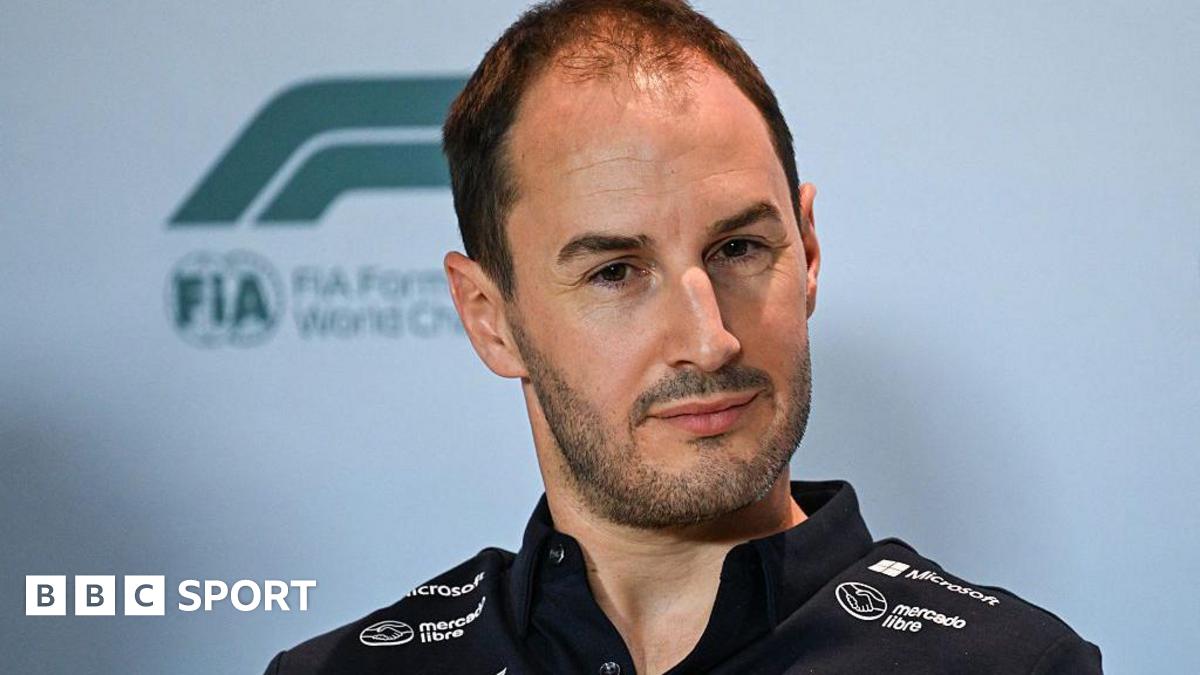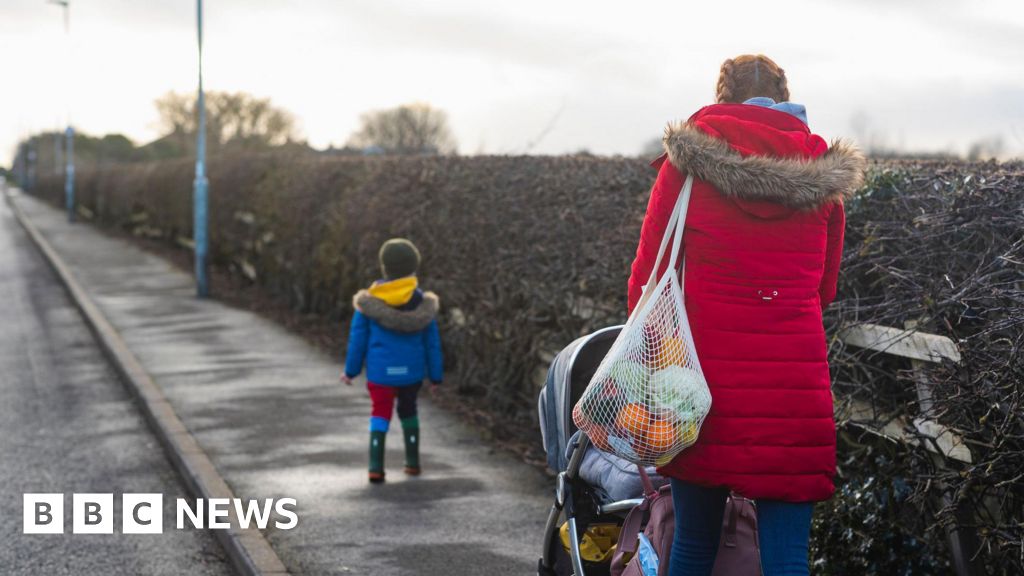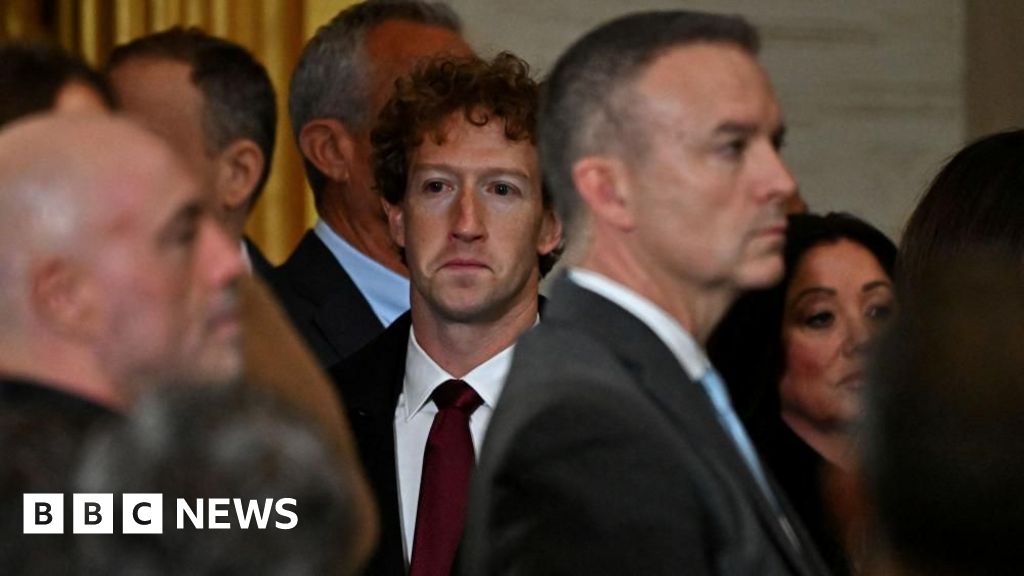Trump’s proposed $5000 baby bonus isn’t much of a Mother’s Day present
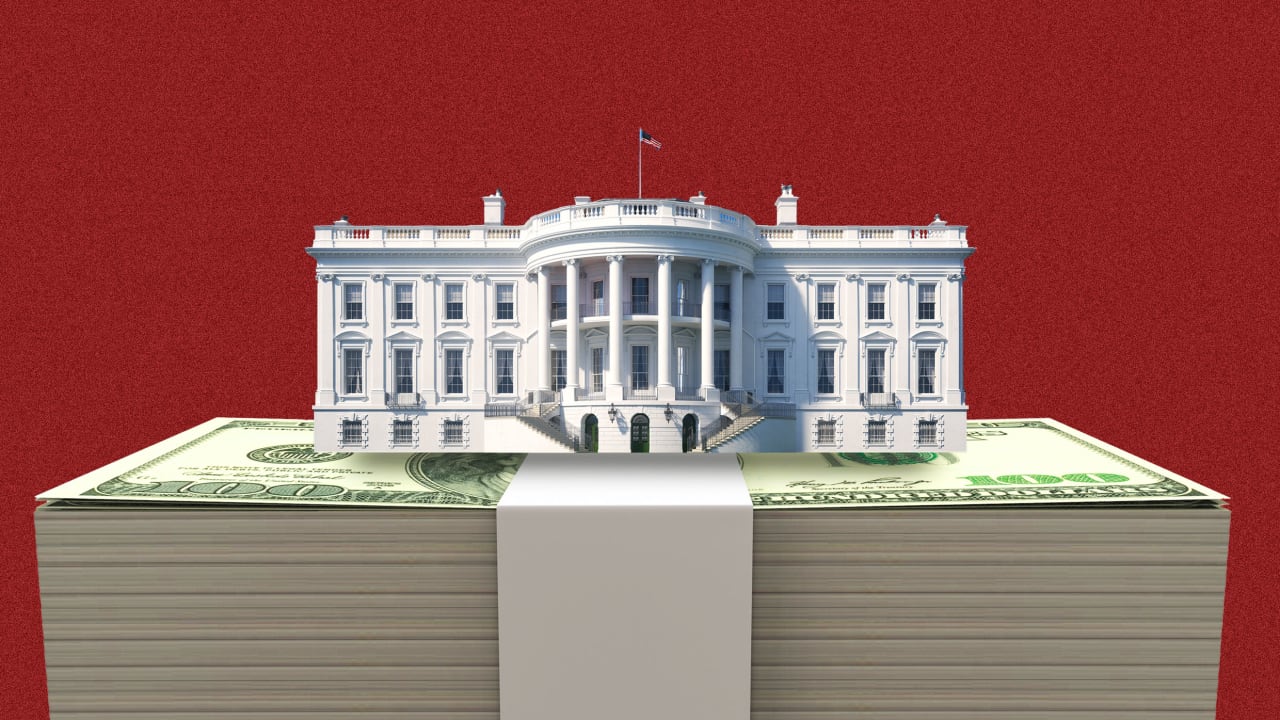
President Trump’s proposed baby bonus would have come in really handy at chez Guy Birken 15 years ago. Money was a bit of an issue for my family when we welcomed our first child in 2010. We’d moved to Indiana from Ohio in June of that year so my husband could take a higher paying job. I’d left my own job as a high school English teacher. Our baby was born in late August, making it impossible to find a teaching job in our new town.
Our timing was impeccable that year. We also unwittingly put our Ohio house on the market one month after the federal first-time homebuyer credit expired, bought a house in Indiana right away, and paid two mortgages for 11 months until the old house sold.
As my husband likes to say, in 2010 we went from two incomes to one, from one mortgage to two, and from two people to three. (And yes, I am now considered a financial expert.)
But would a $5,000 baby bonus really help new parents on a national scale? Or is it just Trump’s transactional solution to falling birth rates?
In honor of Mother’s Day, let’s look at the best ways to support new parents, working mothers, and our nation’s children. And it doesn’t include a onetime cash payment.
Paying for a baby boom
The United States sees over 3.6 million births each year. If the government were to go forward with Trump’s $5,000 baby bonus proposal, Uncle Sam would be handing out over $18.3 billion to new mothers every year. While that would only be 0.019% of the $9.7 trillion federal budget—basically, a rounding error—it’s important to compare that amount to other types of spending that affect American families.
Federal Agency 2024 Spending Budget Department of Health and Human Services (HHS) $2.5 trillion Social Security Administration (SSA) $1.6 trillion Department of Education (ED) $228.9 billion Department of Housing and Urban Development (HUD) $88.2 billion Department of Labor (DOL) $66.2 billion Consumer Product Safety Commission (CPSC) $167 million
$18.3 billion in annual baby bonuses may represent a tiny portion of the government’s total budget, but that spending could be a relatively significant percentage of each of these department’s budgets. Specifically, $18.3 would equal
- 0.73% of the HHS budget
- 1.1% of the SSA budget
- 7.99% of the ED budget
- 20.7% of the HUD budget
- 27.6% of the DOL budget
- 10,958% of the CPSC budget
Allocating that kind of funding to existing programs could potentially improve maternal and infant health, provide ongoing financial benefits, support public education, increase access to affordable housing, support employment goals, or protect children from unsafe products. Obviously, $18.3 billion can’t do all of those things at once, but increasing the budgets of one or several of these departments may be a better use of the money.
Make motherhood feasible again
As helpful as five grand might be for any one family, the Trump baby bonus is the federal policy version of handing your wife a sawbuck the day after Mother’s Day and telling her to buy herself something nice. It’s not giving her what she needs or wants—and feels a little insulting, to boot.
American mothers are clamoring for help with the impossible financial and logistical challenges of raising a family in this country. Specifically, new parents need access to paid family leave and childcare. Spending federal money on these programs will do more to improve mothers’ lives than a one-time $5,000 payment.
Paid family leave
The United States is one of only seven countries without paid maternity leave. This means American women may have to choose between getting a paycheck and having a kid. While the Trump administration’s $5,000 baby bonus might help, the median weekly earnings for an American woman is $1,092—which means the bonus would cover less than five weeks of leave.
Instituting a federal paid family and medical leave program could potentially encourage more births, since it could help solve the financial problem of affording parental leave.
In 2022, the Congressional Budget Office estimated that a proposed federal paid family and medical leave program would cost about $200 billion for the 10-year period between 2022 and 2031. As it was written, the program would allow eligible workers to take up to four weeks of paid leave after the birth or adoption of a child. Benefits would equal a portion of the worker’s pre-leave wages and would be paid by the federal government.
The CBO anticipated the program would significantly improve the mental and physical health of postpartum parents–which would lead to increased employment and earnings. Although the four-week maximum leave time seems woefully inadequate, simply providing federal leave would make an enormous difference to a wide swath of American families.
Birth to kindergarten childcare
Returning to work after having a child is challenging (to say the least) without consistent and safe childcare. This is not nearly as simple as asking Nana and Pop-Pop to take care of the kids for free, especially considering grandparents are probably working, too. Nearly one out of every five Americans aged 65 or older is employed full-time.
And without free family options, childcare for young children is remarkably expensive. Anecdotally, every parent I know had a daycare bill that was higher than their monthly mortgage payment—and this is backed up by data from the Department of Labor, which found that American families spend between 8.9% and 16.0% of their median income on full-day care for just one child.
The Biden-Harris administration worked to invest in childcare on a federal level, providing $24 billion in funding to childcare via the 2021 American Rescue Plan (ARP). The administration calculates that the onetime investment of $24 billion “saved families $1,250 per child (representing a 10 percent reduction in childcare costs), increased the pay of childcare workers, and increased the employment of mothers with young children by about 3 percentage points—leading to women’s prime-age labor force participation hitting its highest value on record.”
This meant the benefits were greater than just the $1,250 in childcare savings enjoyed by young families. Childcare workers made more money, employers kept more of their staff, and families maintained their financial and employment stability.
Unfortunately, all of these improvements were lost after the ARP expired.
Happy Mother’s Day! Here’s five grand
America has a cultural expectation that mothers will pick up the slack when children, fathers, or society needs something that they’re not getting. That means a national conversation about supporting motherhood to the tune of $5,000 a pop might feel like progress, even if it’s misguided. But a baby bonus feels a little like the exaggerated social media praise often heaped on mothers—a showy expression of appreciation that requires little effort.
The truth is that encouraging more people to consider motherhood isn’t a tough proposition if you provide the support they need—just as making Mom happy on Mother’s Day isn’t difficult if you listen to what she actually wants.
Offering actual support is harder than throwing money at the problem, but it’s the only path to a real solution.
What's Your Reaction?
 Like
0
Like
0
 Dislike
0
Dislike
0
 Love
0
Love
0
 Funny
0
Funny
0
 Angry
0
Angry
0
 Sad
0
Sad
0
 Wow
0
Wow
0




